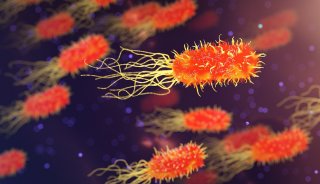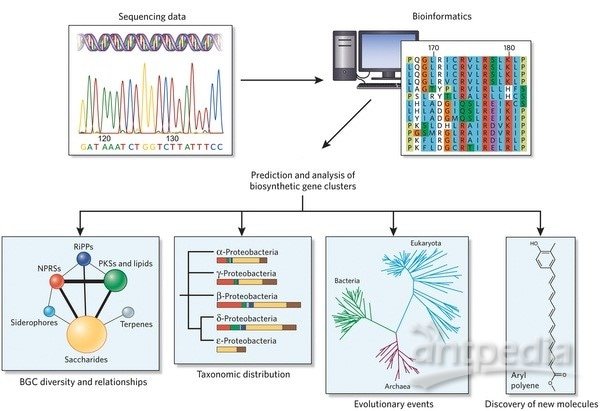Prion Pathway

Transmissible spongiform encephalopathy (TSE) is thought to result from the structural conversion of cellular prion protein, PrP(C), into a misfolded oligomeric form, PrP(Sc). PrP is a cell membrane GPI anchored glycoprotein that is expressed in most tissues and in high levels in the nervous system. Some likely cellular functions of PrP are (1) cell protection against oxidative stress, (2) induction of neuronal cell adhesion, neurite extension and maintenance, and (3) neuroprotective signalling through a cAMP/PKA-dependent pathway.
Contributor: Joseph Chuang, PhD
REFERENCES: Gsponer J et al. The role of side-chain interactions in the early steps of aggregation: Molecular dynamics simulations of an amyloid-forming peptide from the yeast prion Sup35. Proc Natl Acad Sci U S A. 2003 Apr 29;100(9):5154-9. Jin T et al. The chaperone protein BiP binds to a mutant prion protein and mediates its degradation by the proteasome. J Biol Chem. 2000 Dec 8;275(49):38699-70 Martins VR, Brentani RR. The biology of the cellular prion protein. Neurochem Int. 2002 Nov;41(5):353-5. Review. Nunziante M et al. Essential role of the prion protein N terminus in subcellular trafficking and half-life of cellular prion protein. J Biol Chem. 2003 Feb 7;278(6):3726-34.




















